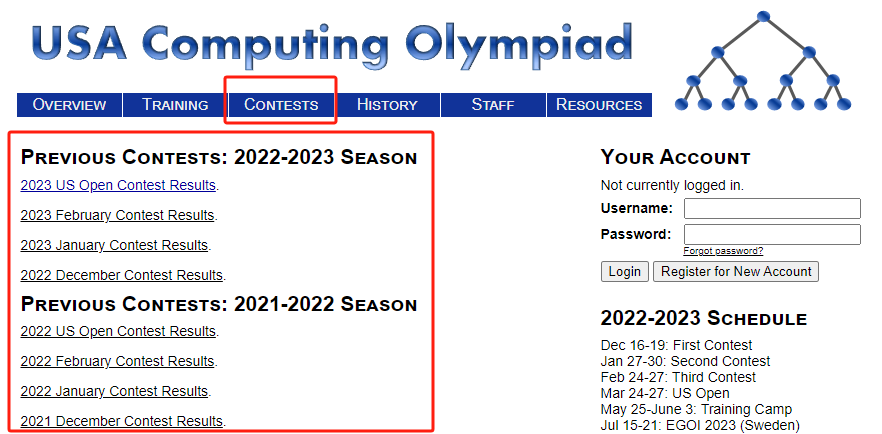BERT模型可以用于多个任务,也是现在NLP模型必备的方法。在文本分类中我们会使用[CLS]对应的输出完成文本分类,当然也有其他的方法。
这样可以使用每个token对应的输出,通过pooling之后再进行分类。本文将介绍常见的几种与BERT搭建使用的方法。
方法1:MeanPooling
将每个token对应的输出计算均值,这里需要考虑attention_mask,也就是需要考虑有效的输入的token。
class MeanPooling(nn.Module): def __init__(self): super(MeanPooling, self).__init__() def forward(self, last_hidden_state, attention_mask): input_mask_expanded = attention_mask.unsqueeze(-1).expand(last_hidden_state.size()).float()
sum_embeddings = torch.sum(last_hidden_state * input_mask_expanded, 1)
sum_mask = input_mask_expanded.sum(1)
sum_mask = torch.clamp(sum_mask, min = 1e-9)
mean_embeddings = sum_embeddings/sum_mask return mean_embeddings
方法2:MaxPooling
将每个token对应的输出计算最大值,这里需要考虑attention_mask,也就是需要考虑有效的输入的token。
class MaxPooling(nn.Module): def __init__(self): super(MaxPooling, self).__init__() def forward(self, last_hidden_state, attention_mask): input_mask_expanded = attention_mask.unsqueeze(-1).expand(last_hidden_state.size()).float()
embeddings = last_hidden_state.clone()
embeddings[input_mask_expanded == 0] = -1e4 max_embeddings, _ = torch.max(embeddings, dim = 1) return max_embeddings
方法3:MinPooling
将每个token对应的输出计算最小值,这里需要考虑attention_mask,也就是需要考虑有效的输入的token。
class MinPooling(nn.Module): def __init__(self): super(MinPooling, self).__init__() def forward(self, last_hidden_state, attention_mask): input_mask_expanded = attention_mask.unsqueeze(-1).expand(last_hidden_state.size()).float()
embeddings = last_hidden_state.clone()
embeddings[input_mask_expanded == 0] = 1e-4 min_embeddings, _ = torch.min(embeddings, dim = 1) return min_embeddings
方法4:WeightedPooling
将每个token对应的输出计算出权重,这里的权重可以通过特征进行计算,也可以考虑通过IDF计算出权重。
class WeightedLayerPooling(nn.Module): def __init__(self, num_hidden_layers, layer_start: int = 4, layer_weights = None): super(WeightedLayerPooling, self).__init__()
self.layer_start = layer_start
self.num_hidden_layers = num_hidden_layers
self.layer_weights = layer_weights if layer_weights is not None else nn.Parameter(
torch.tensor([1] * (num_hidden_layers+1 - layer_start), dtype=torch.float)
)
def forward(self, ft_all_layers): all_layer_embedding = torch.stack(ft_all_layers) all_layer_embedding = all_layer_embedding[self.layer_start:, :, :, :] weight_factor = self.layer_weights.unsqueeze(-1).unsqueeze(-1).unsqueeze(-1).expand(all_layer_embedding.size()) weighted_average = (weight_factor*all_layer_embedding).sum(dim=0) / self.layer_weights.sum() return weighted_average
方法5:AttentionPooling
将每个token的特征单独加入一层,用于注意力的计算,增加模型的建模能力。
class AttentionPooling(nn.Module): def __init__(self, in_dim): super().__init__()
self.attention = nn.Sequential(
nn.Linear(in_dim, in_dim),
nn.LayerNorm(in_dim),
nn.GELU(),
nn.Linear(in_dim, 1),
)
def forward(self, last_hidden_state, attention_mask): w = self.attention(last_hidden_state).float() w[attention_mask==0]=float('-inf') w = torch.softmax(w,1) attention_embeddings = torch.sum(w * last_hidden_state, dim=1) return attention_embeddings
总结
从模型复杂度上:AttentionPooling > WeightedLayerPooling > MeanPooling / MinPooling / MaxPooling
从模型精度上:AttentionPooling > WeightedLayerPooling > MeanPooling > MaxPooling > MinPooling
使用多种Pooling的目的是增加BERT模型的多样性,考虑在模型集成中使用。













